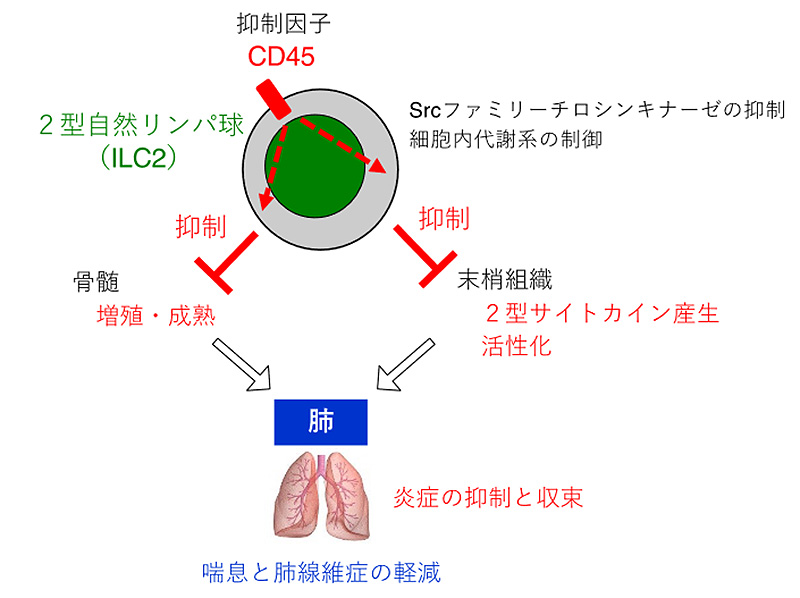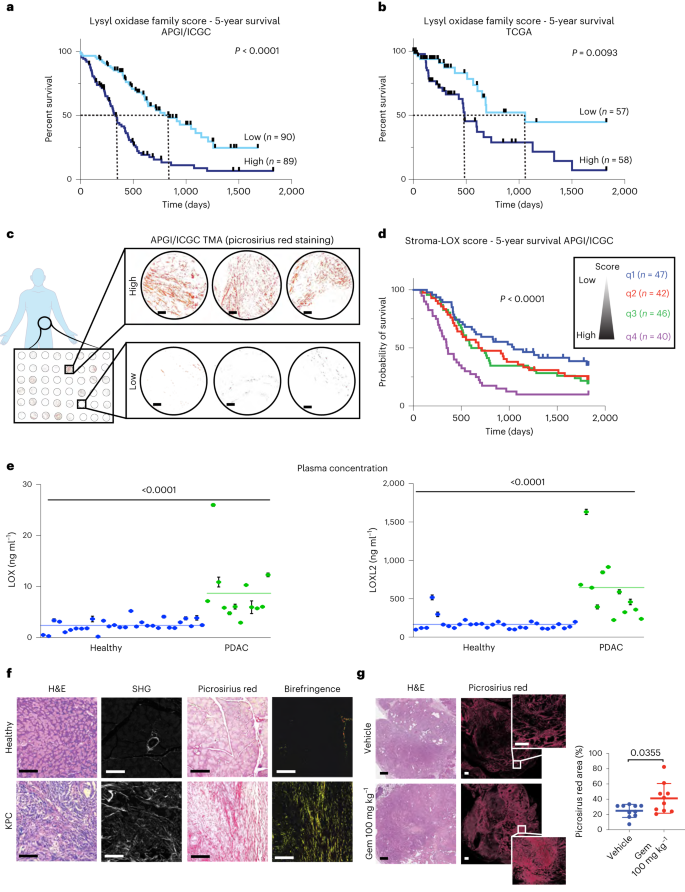2023-08-30 カーディフ大学
◆この方法はエアゾル生成手術や他の医療プロセスでも有効で、既存のエアフィルターや紫外線滅菌などの方法に比べて効果的です。研究者は、これにより次のパンデミックへの準備が進められると述べています。
<関連情報>
- https://www.cardiff.ac.uk/news/view/2741334-stopping-the-spread-of-viruses-during-surgeries-using-electric-fields
- https://www.sciencedirect.com/science/article/pii/S2589004223016449
静電沈殿によるバイオエアロゾルからのウイルス粒子の捕捉と不活性化 Capture and inactivation of viral particles from bioaerosols by electrostatic precipitation
Hannah E. Preston, Rebecca Bayliss, Nigel Temperton, Martin Mayora Neto, Jason Brewer, Alan L. Parker
iScience Published: August 9, 2023
DOI:https://doi.org/10.1016/j.isci.2023.107567

Highlights
•Bioaerosols released from patients during surgery can facilitate viral spread
•Electrostatic precipitation captures and inactivates viral particles preventing spread
•Electrostatic precipitation is effective against enveloped and non-enveloped viruses
•Electrostatic precipitation represents a viable means to reduce nosocomial infections
Summary
Infectious viral particles in bioaerosols generated during laparoscopic surgery place staff and patients at significant risk of infection and contributed to the postponement of countless surgical procedures during the COVID-19 pandemic causing excess deaths. The implementation of devices that inactivate viral particles from bioaerosols aid in preventing nosocomial viral spread. We evaluated whether electrostatic precipitation (EP) is effective in capturing and inactivating aerosolized enveloped and non-enveloped viruses. Using a closed-system model mimicking release of bioaerosols during laparoscopic surgery, known concentrations of each virus were aerosolized, exposed to EP and collected for analysis. We demonstrate that both enveloped and non-enveloped viral particles were efficiently captured and inactivated by EP, which was enhanced by increasing the voltage to 10 kV or using two discharge electrodes together at 8 kV. This study highlights EP as an effective means for capturing and inactivating viral particles in bioaerosols, which may enable continued surgical procedures during future pandemics.


